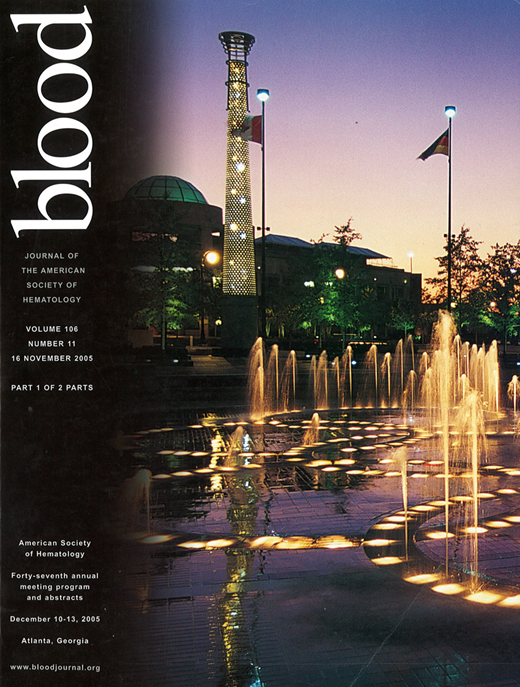Abstract
The cyclin-dependent kinase inhibitor flavopiridol was inactive when given by 24–72-hr infusion, but 1-hr IV bolus dosing demonstrated clinical activity in mantle cell lymphoma (MCL) and chronic lymphocytic leukemia (CLL). Flavopiridol induces apoptosis independent of p53 and may be able to eliminate tumor cells resistant to fludarabine and rituximab. We performed a phase I dose escalation study of flavopiridol in combination with fludarabine and rituximab (FFR) in patients (pts) with MCL, CLL and indolent B-cell non-Hodgkin’s lymphoma (NHL). Pts had ANC ≥ 1500, hemoglobin ≥ 9.0, platelets ≥ 100,000, adequate organ function, and ECOG performance status 0–2, and provided informed consent. Pts received fludarabine 25 mg/m2 IV on day 1–5 and rituximab 375 mg/m2 on day 1 every 28 days for up to 6 cycles. The planned dose escalation of flavopiridol was 50 mg/m2 by 1-hr IV bolus on day 1 (cohort 1), day 1–2 (cohort 2), or day 1–3 (cohort 3) of each cycle. Pts were placed on prophylactic Bactrim and Valtrex. Growth factor support was prohibited. Twenty-one pts were enrolled and are evaluable for toxicity and response. Median age was 62 years (range, 43–81), and 10 pts were male. Pts had the following diagnoses: CLL (8), MCL (5), follicular lymphoma (FL; 4), small lymphocytic lymphoma (SLL; 3), and lymphoplasmacytic lymphoma (1). Nine pts had received 1-2 prior therapies; 12 pts were previously untreated. CLL pts were Rai stage III/IV (5) or required treatment for Rai stage I/II disease (3) by NCI 96 criteria. NHL pts were stage III/IV (10) or had progressive stage II disease (3). Three pts were treated in cohort 1, and dose limiting toxicity (DLT) was not observed. Six pts were treated in cohort 2. Two pts developed DLT; 1 pt developed grade 3 confusion and grade 3 seizures, and 1 pt developed nausea and diarrhea resulting in grade 3 acute renal failure. Three pts in cohort 2 did not receive flavopiridol after cycles 2, 2 and 3, due to life threatening tumor lysis in our single agent flavopiridol study. Twelve additional pts were enrolled at the cohort 1 dose level, to better define toxicity and efficacy. Pts received a median of 4 cycles (range 1–6), and 9 of 21 pts completed all 6 planned cycles. Therapy was stopped early due to cytopenias (7), infection (2), DLT (2) or progressive disease (1). One patient who received only 2 cycles of FFR due to cytopenias subsequently received 4 cycles of fludarabine and rituximab from his local oncologist. Response was graded by NCI 96 criteria (CLL) or IWG criteria (NHL). Overall response rate (ORR) was 90%; 15 pts achieved CR (71%), and 4 pts achieved PR (19%). Six pts relapsed a median of 7.5 months (range 4–18) after completing therapy; 13 pts remain in remission a median of 11 months (range 4–23) after completing therapy. Of note, all 9 MCL/FL pts responded (8 CR, 1 PR), and 8 pts remain in remission a median of 15 months (6–23) after finishing therapy. In conclusion, FFR exhibited significant clinical activity in a small group of pts, but cytopenias limited the administration of therapy. We are currently studying a modified FFR regimen administering a more active flavopiridol schedule (30-min IV bolus followed by 4-hr IV infusion) and allowing the use of prophylactic filgrastim, prior to phase II clinical study.
Author notes
Corresponding author

